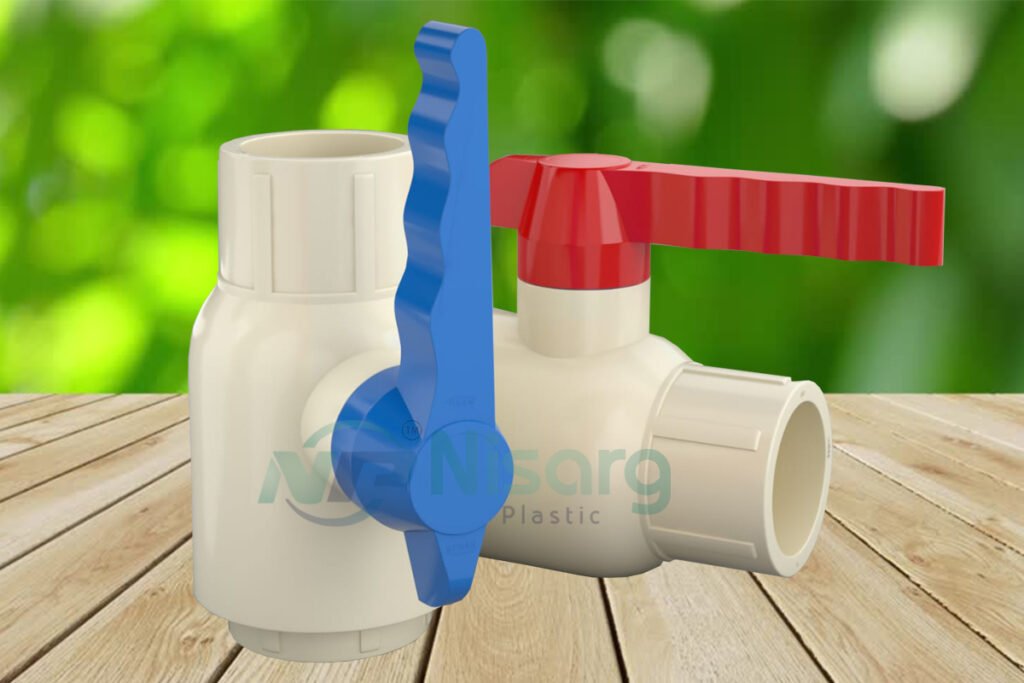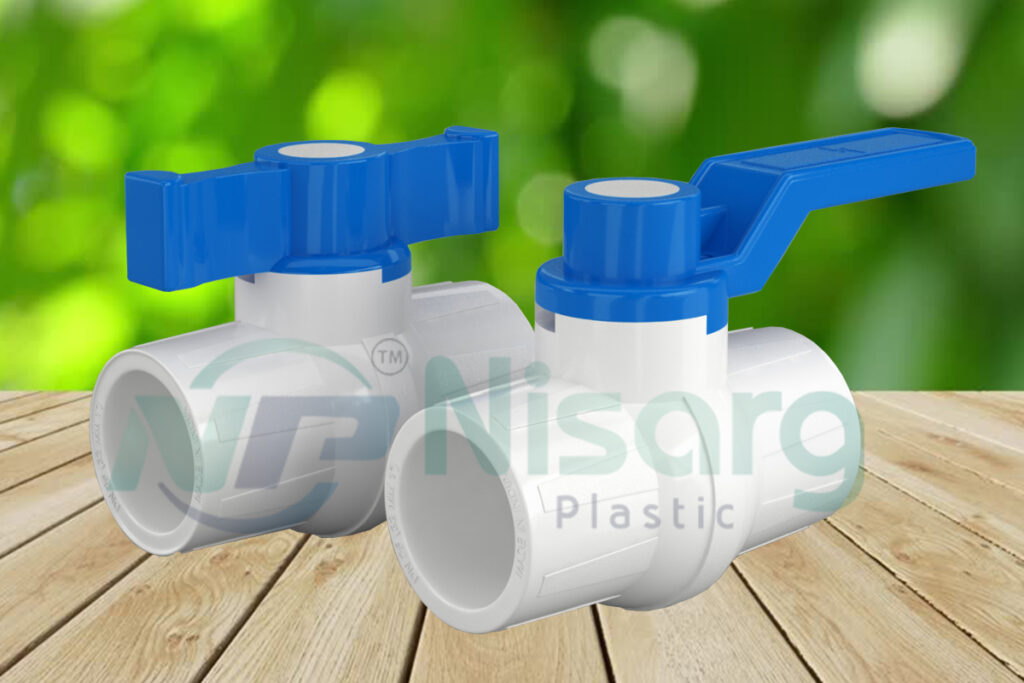Corrosion is one of the most significant challenges faced by industries handling chemicals. Metal pipelines and valves, when exposed to acids, alkalis, and other aggressive chemicals, often deteriorate over time. This can lead to leaks, operational downtime, contamination, and expensive maintenance. Fortunately, innovative solutions like CPVC (Chlorinated Polyvinyl Chloride) and UPVC (Unplasticized Polyvinyl Chloride) ball valves are transforming how industries tackle corrosion problems.
The Corrosion Challenge
Chemical pipelines transport a variety of fluids, many of which are highly reactive. Metals, even corrosion-resistant ones like stainless steel, can gradually degrade under continuous exposure to harsh chemicals. Pitting, rust, and scaling are common issues that compromise the integrity of pipelines and valves. Corrosion not only threatens operational efficiency but also poses safety risks to personnel and the environment. For industries that rely on continuous chemical processing, frequent repairs or valve replacements translate into high operational costs and downtime.
How CPVC and UPVC Solve Corrosion
1. Chemical Resistance at the Core
CPVC and UPVC are thermoplastic materials that are inherently resistant to chemical attack. Unlike metals, they do not react with acids, alkalis, or oxidizing agents. By using CPVC or UPVC ball valves, industries can eliminate corrosion at the source, protecting pipelines from degradation over time.
2. Leak Prevention
Corrosion often causes cracks or holes in valves, leading to leaks. CPVC and UPVC valves maintain structural integrity even in aggressive chemical environments. Their precision-engineered design ensures a tight, leak-proof seal, preventing material loss and safeguarding worker safety.
3. Reduced Maintenance and Downtime
Since these valves do not corrode, they require minimal maintenance. Industries benefit from lower repair costs and fewer shutdowns, allowing continuous operation without unexpected interruptions.
4. Longevity of Pipelines
Installing corrosion-resistant valves not only protects the valves themselves but also extends the life of the entire pipeline system. By preventing chemical reactions at critical points, CPVC and UPVC valves reduce stress on pipelines, minimizing wear and tear.
CPVC vs. UPVC: Choosing the Right Valve
CPVC Ball Valves are ideal for high-temperature applications, handling fluids up to 95°C. They provide excellent resistance to a broad spectrum of chemicals, including strong acids and oxidizers, making them suitable for chemical processing, pharmaceuticals, and industrial water systems.
UPVC Ball Valves are cost-effective and perfect for lower-temperature applications (up to 60°C). Their rigid, durable construction makes them a reliable choice for water treatment plants, chemical storage systems, and general industrial pipelines. Both types offer smooth operation, lightweight design, and easy installation.
Real-World Impact
Industries using CPVC and UPVC ball valves report significantly fewer corrosion-related issues. In acid transfer pipelines, CPVC valves prevent rust and contamination, avoiding costly production downtime. In water treatment plants, UPVC valves resist chlorination damage, ensuring consistent operation. By solving corrosion issues at the material level, these valves provide a long-term, sustainable solution that protects infrastructure and reduces operational costs.
Conclusion
Corrosion in chemical pipelines is not just an inconvenience—it’s a threat to efficiency, safety, and profitability. CPVC and UPVC ball valves actively solve this problem by preventing chemical reactions, leaks, and equipment degradation. Their chemical resistance, durability, and cost-effectiveness make them the ideal choice for modern industrial pipelines. Choosing the right valve is more than a material decision—it’s a strategic move that safeguards your system, reduces maintenance, and ensures uninterrupted operations. Investing in CPVC or UPVC ball valves is not just protection against corrosion—it’s an investment in reliability and long-term operational success.


